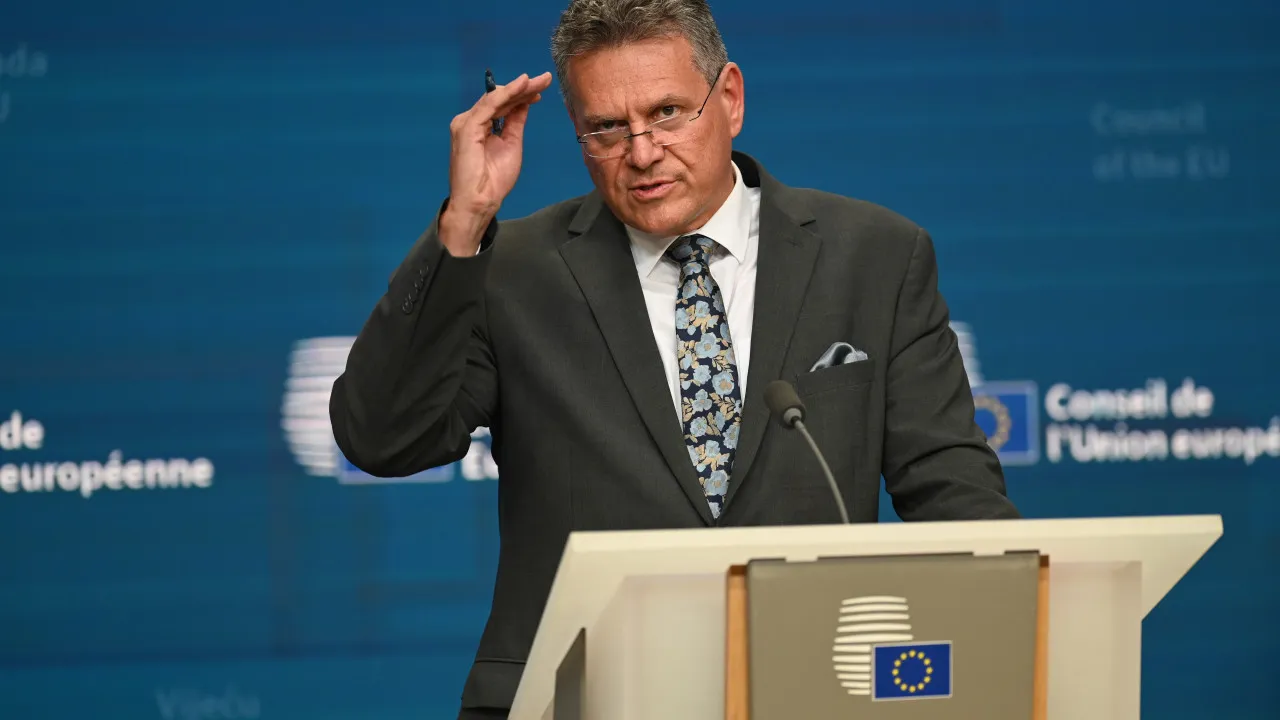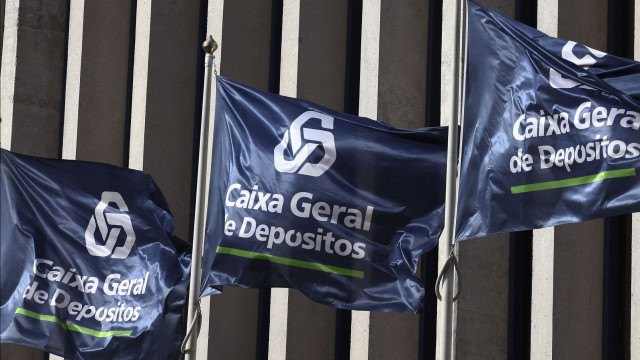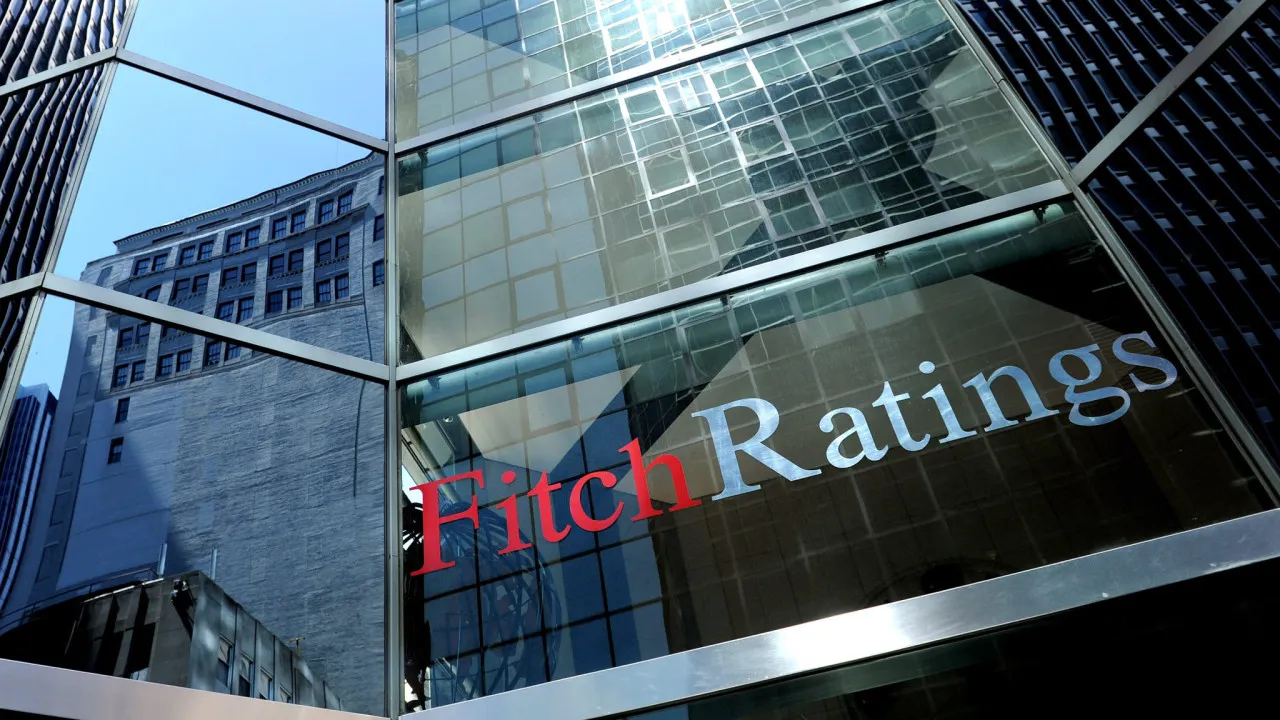
“The new U.S. tariffs reflect the initial outcomes of the EU-U.S. agreement, notably the maximum limit of 15% for all duties,” commented European Trade Commissioner Maros Sefcovic in a post on the social network X.
“This fact enhances stability for businesses, as well as confidence in the transatlantic economy,” he added.
According to Maros Sefcovic, “EU exporters now benefit from a more competitive position.”
Nevertheless, “the work continues,” stated the European official, as the EU and the United States are still finalizing the official text of the trade agreement for a 15% tariff on European products.
A week ago, the European Commission adopted a total retaliation package estimated at 93 billion euros, which has not yet been suspended and is awaiting American publication.
Last Sunday, the EU reached an agreement with the United States to ease commercial tensions that began in March, acknowledging that this is the possible agreement and not the best one, as the European ambition was higher, aiming for zero tariffs on European industrial goods, as the European Commission once proposed.
The trade agreement sets U.S. customs tariffs on European products at 15%, also involving the EU commitment to purchase American energy worth $750 billion (around 642 billion euros), additional investments of $600 billion (514 billion euros), and an increase in military equipment acquisitions.
A unified 15% tariff was achieved on most EU goods exported to the United States, instead of the 30% threatened by Donald Trump, exempting strategic sectors such as semiconductors, aerospace components, and certain pharmaceuticals.
There will be no similar tariff imposed by the EU bloc, as the American argument focuses on the U.S. trade deficit with the EU.
The agreement remains preliminary and not fully official, with pending details.
For the time being, the EU does not plan to suspend countermeasures prepared in the event of a failure to reach an agreement with the United States, while awaiting the official publication.




